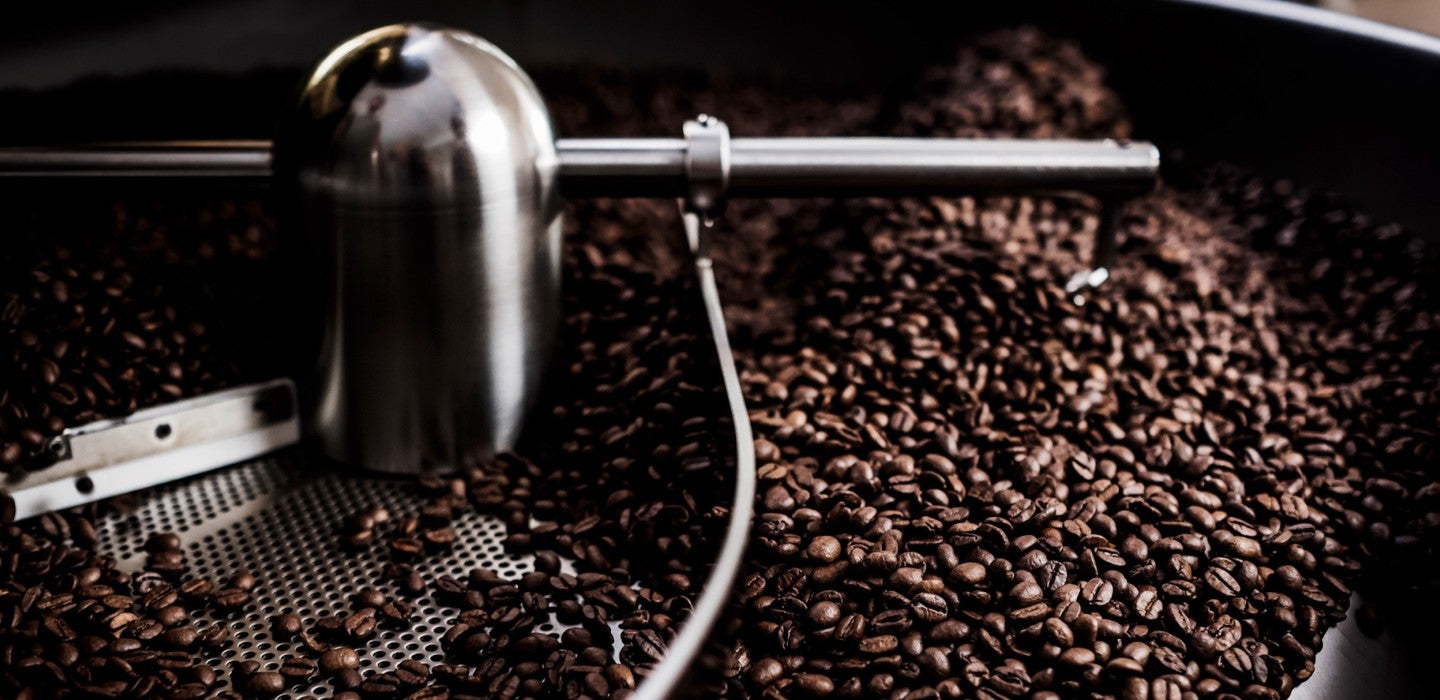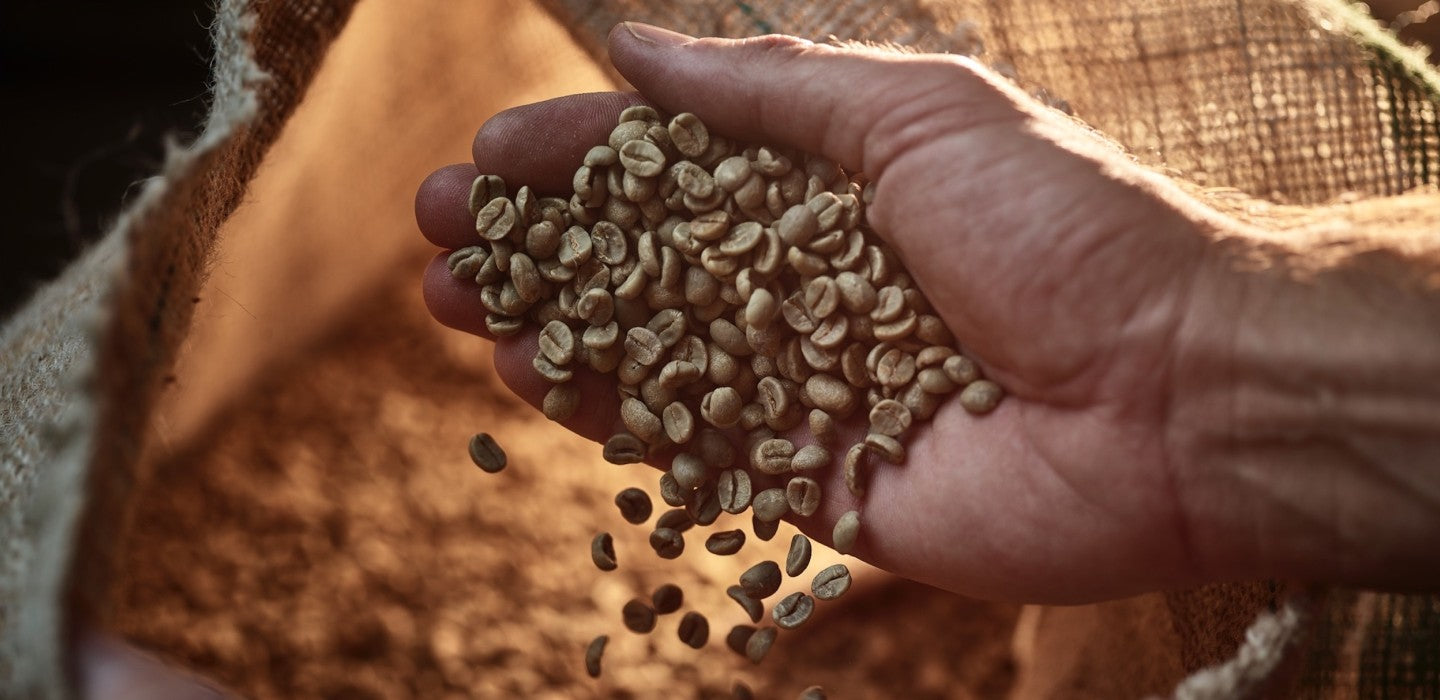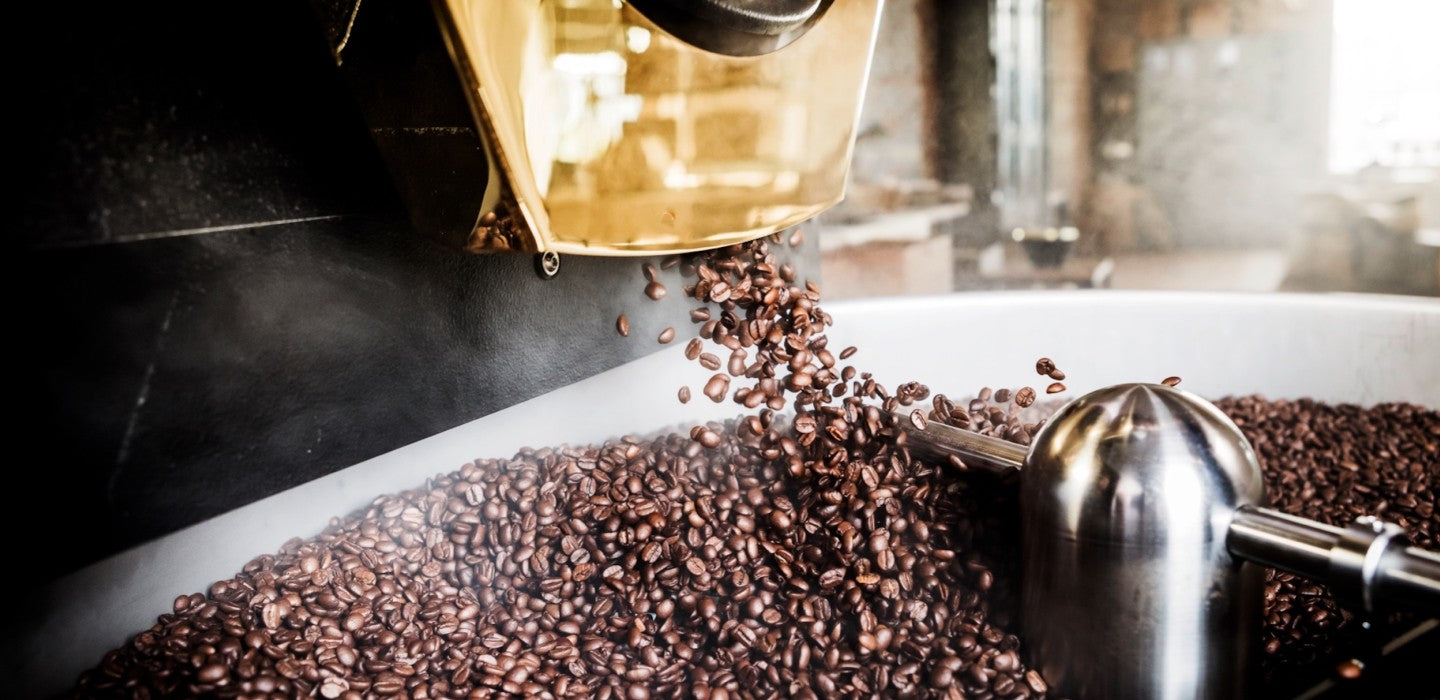The Art of Roasting Coffee:
A Comprehensive Guide
At the heart of the coffee industry lies the complex and intriguing process of coffee roasting. This process manipulates the green coffee beans into the aromatic delight we wake up to every morning. Every aspect of coffee roasting, right from the degree of roast to the cooling process, drastically affects the taste profile of your brew. In this guide, we delve deep into the art of coffee roasting and what different roasting levels mean for your cup.

The Science of Coffee Roasting
Before we begin to explore the different roasting levels, it is crucial we explain the mechanics of the coffee roasting process. Roasting coffee is a balancing act of time, temperature, and the roaster's keen senses.
During roasting, beans are heated until their moisture level drops, influencing their flavor and color significantly. This process generates a plethora of complex flavors and tasting notes emanating from the beans. Thus, confirmation settles in; the longer the beans roast, the darker they become and the more acids they lose.
The Roasting Procedure: From Green Beans to Aromatic Brews
Raw coffee beans are subjected to dry heat, devoid of any fats or oils, during the process of roasting. The duration of roasting and the intensity of heat dramatically influence the taste and the unique character of each coffee variety.
Darker roasts generally yield a more robust body, increased bitterness, and decreased acidity levels. This flavor profile is perfectly suited for high-pressure brewing methods, such as espresso making. On the other hand, shorter roast times result in heightened overall acidity which is ideal for brewing filter coffee.
Throughout the roasting process, we observe green beans undergoing transformations in color, weight, and volume. While they lose weight, their volume dramatically increases, changing their color from a vibrant green to the desired brown. This expansion causes the beans to crack open, leading to the 'First Crack.' It is vital to cool the beans immediately roasting in order to halt further changes in the roast degree.
Analysing Roasting Degrees
Light Roast — The Art of Subtlety
Often referred to as 'Cinnamon Roast' or 'Scandinavian Roast' due to its coloration, light roasted coffee is just as its names suggest, delicately roasted.
During the roasting stages, the contained within the bean turns into gas, causing the bean to enlarge until it resonates a distinct cracking sound, known as the 'First Crack.' This is a key indication that the coffee beans have reached a light roast level.
Sporting a golden brown hue, lightly roasted coffee beans are loaded with fruity notes. When brewed, they yield a light-bodied, gently fruity flavor, as the delicate roast level allows the natural coffee cherry’s flavors to shine through. Lighter roasts thus yield a high level of acidity in coffee, providing a unique flavor experience for traditional coffee enthusiasts.

Dark Roast — Drawing out the Depth
Dark roasting involves roasting the coffee beans for an extended duration. Longer roasting times result in not just a darker color, but also more profound roast flavors. The taste profile varies depending on the roast level, enabling us to derive multiple different coffee variations from a single harvest, as is the case with our Qbo Coffees.
Explore More On Roasting
Our coffee journey does not end here. If you're intrigued by the process of coffee roasting, learn more about how other aspects influence the coffee you cherish:
Experience coffee in all its facets and variations as you dive deep into the world of coffee roasting.



Leave a comment
This site is protected by hCaptcha and the hCaptcha Privacy Policy and Terms of Service apply.